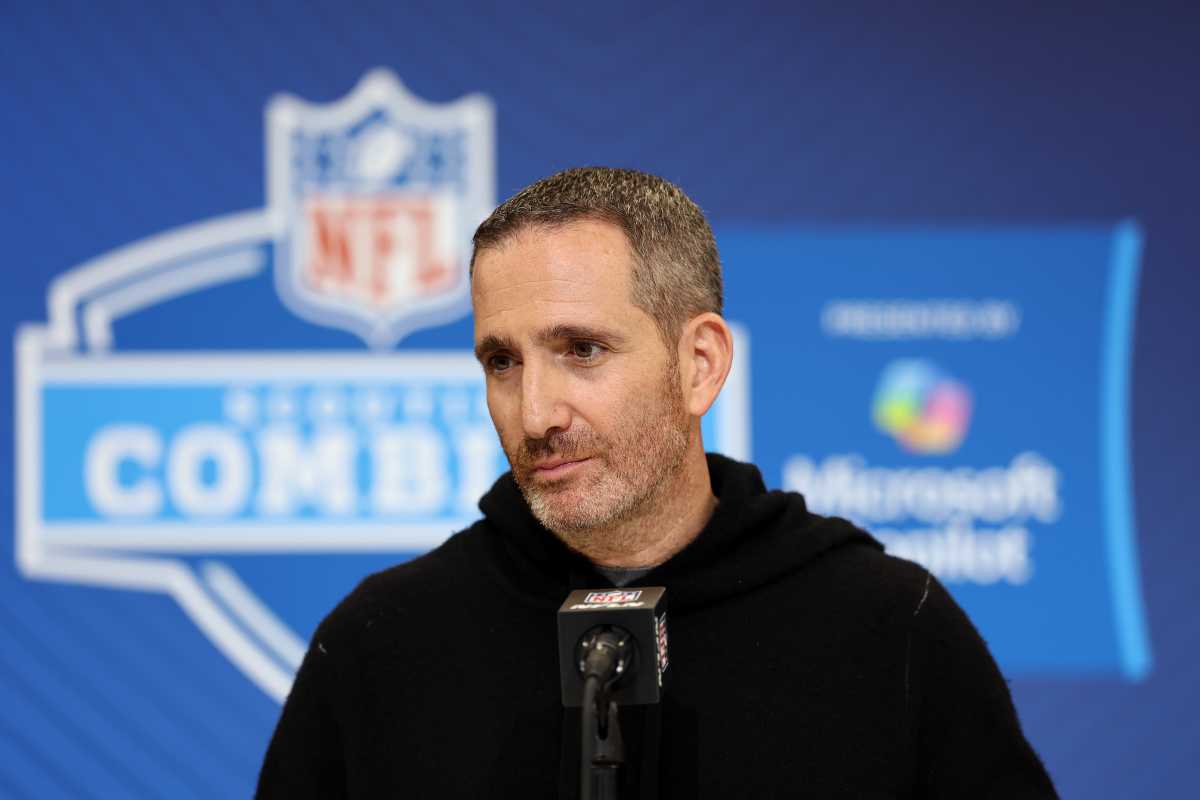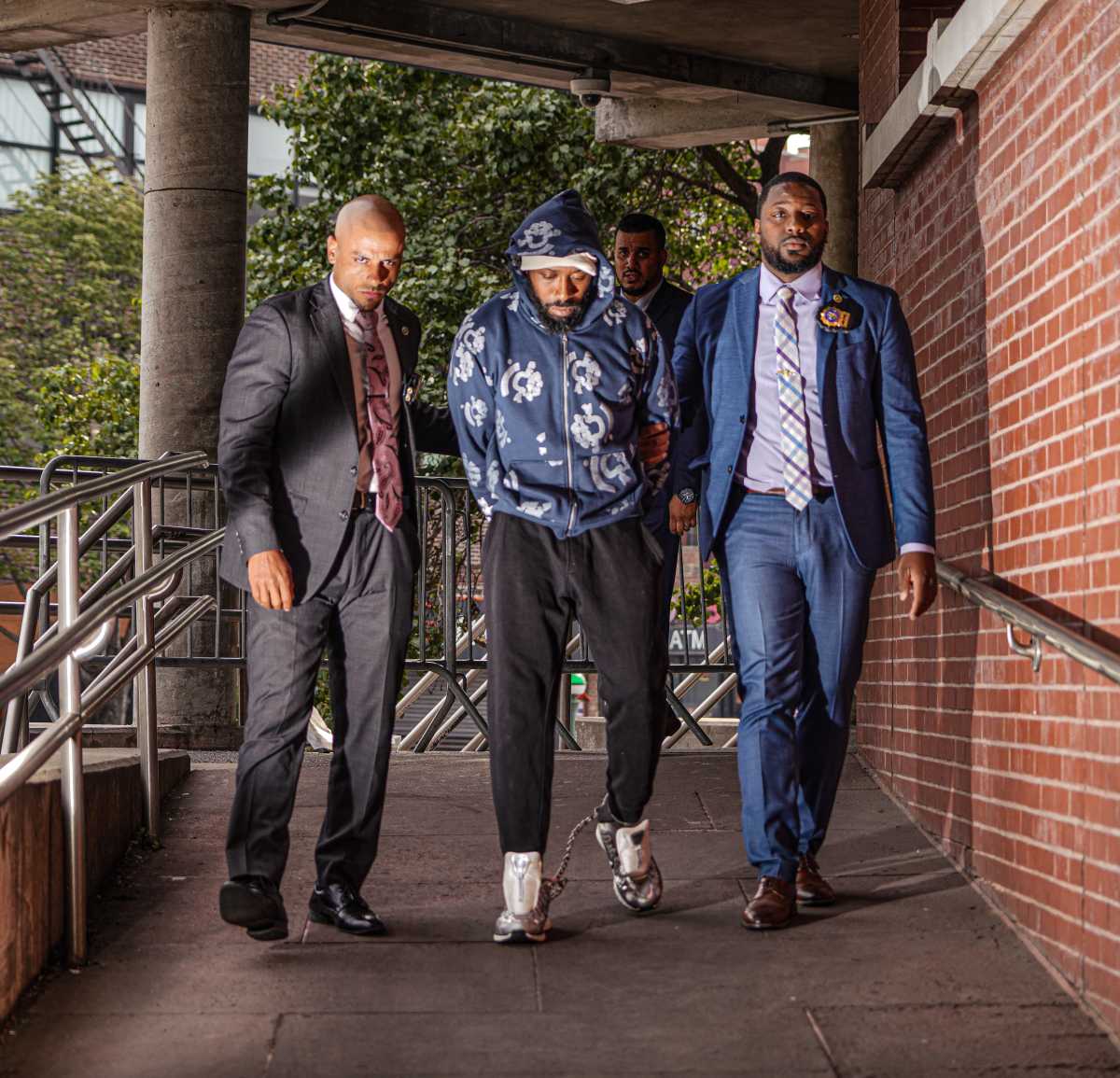An estimated 121 million people drive while impaired by alcohol every year, the Centers for Disease Control and Prevention announced in 2015.
That may even be an underestimate, the CDC said, since drinking and driving carries a stigma that could dissuade more people from admitting they do it.
Emmanuel Agu, an associate professor of computer science at Worcester Polytechnic Institute (WPI), wants to reduce those numbers.
He’s developed an app, dubbed “AlcoGait,” that could alert users of when they’re too inebriated to get behind the wheel.
“When people drink and they’re over the alcohol limit, basically one of the first parts of the brain to go is the one that tells you you’re too drunk to function,” Agu said. “So, many people are too drunk to drive, but they don’t know that they’re too drunk. They think that they’re fine.”
Agu thinks that if people have hard data in front of them showing that they’re over the legal limit, they’ll be more likely to make the right choice and call a friend or a taxi.
Not everyone has the means, or the desire, to carry around a breathalyzer to check their blood-alcohol content, though. That’s why, through a user’s phone, the app focuses on how the person walks.
Phones are capable of tracking our movements through accelerometers and gyroscopes that measure motion, Agu explained. Through these tools, he wanted to adapt the “walk-the-line” field sobriety test used by police into an app function.
AlcoGait will first monitor a person’s normal walking when the phone is carried either by hand, belt clip, or in a pocket. Then, while the person drinks, the app runs constantly in the background of their phone to continually analyze movement.
Timothy Naimi, a physician and alcohol epidemiologist at Boston Medical Center, doesn’t see a field sobriety test as the best measurement of someone’s intoxication, however.
“People may be impaired and may still pass them,” Naimi said. “Obviously, if someone is falling down drunk, they shouldn’t be driving, but even by the time that someone gets to a BAC that affects their gait, they’re well beyond the legal limit.”
Naimi explained that the legal limit isn’t necessary a “safe” alcohol limit, just what he called a “political compromise.” At a BAC of .08 percent, Naimi said, someone’s risk of crashing has already increased threefold.
“The safest idea is for people who are going to be out drinking to not drive a car,” Naimi said.
“Especially if you’re drinking enough that you have to be wondering if you’re impaired, you’re probably impaired.”
So far, about 50 WPI volunteers have tested the app by wearing “Drunk Buster” goggles, meant to mimic impairment at various blood alcohol levels. The app’s measured impairment was compared to the level of the goggles.
Both undergrads and graduate students at WPI have helped in the development of the app. Agu is planning more clinical controlled studies along with research colleagues from Boston University, Brown University and Butler Hospital in Providence.
Soon to come, too, are stricter consequences when the app measures that someone is intoxicated over the legal limit.
“It’s fairly easy to integrate [the app] to systems like, for instance, kill switches that shut off a car once the driver is too drunk to drive, or maybe even to call an Uber for them automatically,” Agu said. “To already have their info and location, and to come pick them up, that could also be quite useful.”
Such specifics as whether it will cost anything to download the app still have to be worked out. Agu added that he plans to connect with business experts about how to get the app into the public’s’ hands, and hopes to have the app ready later this year.
“The holidays are one of the major drinking seasons of the year,” Agu said. “We want to make sure it’s ready for next holiday season.”
























